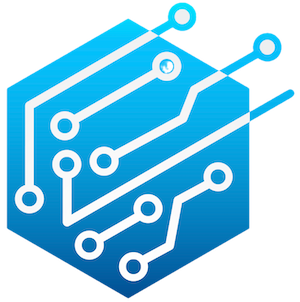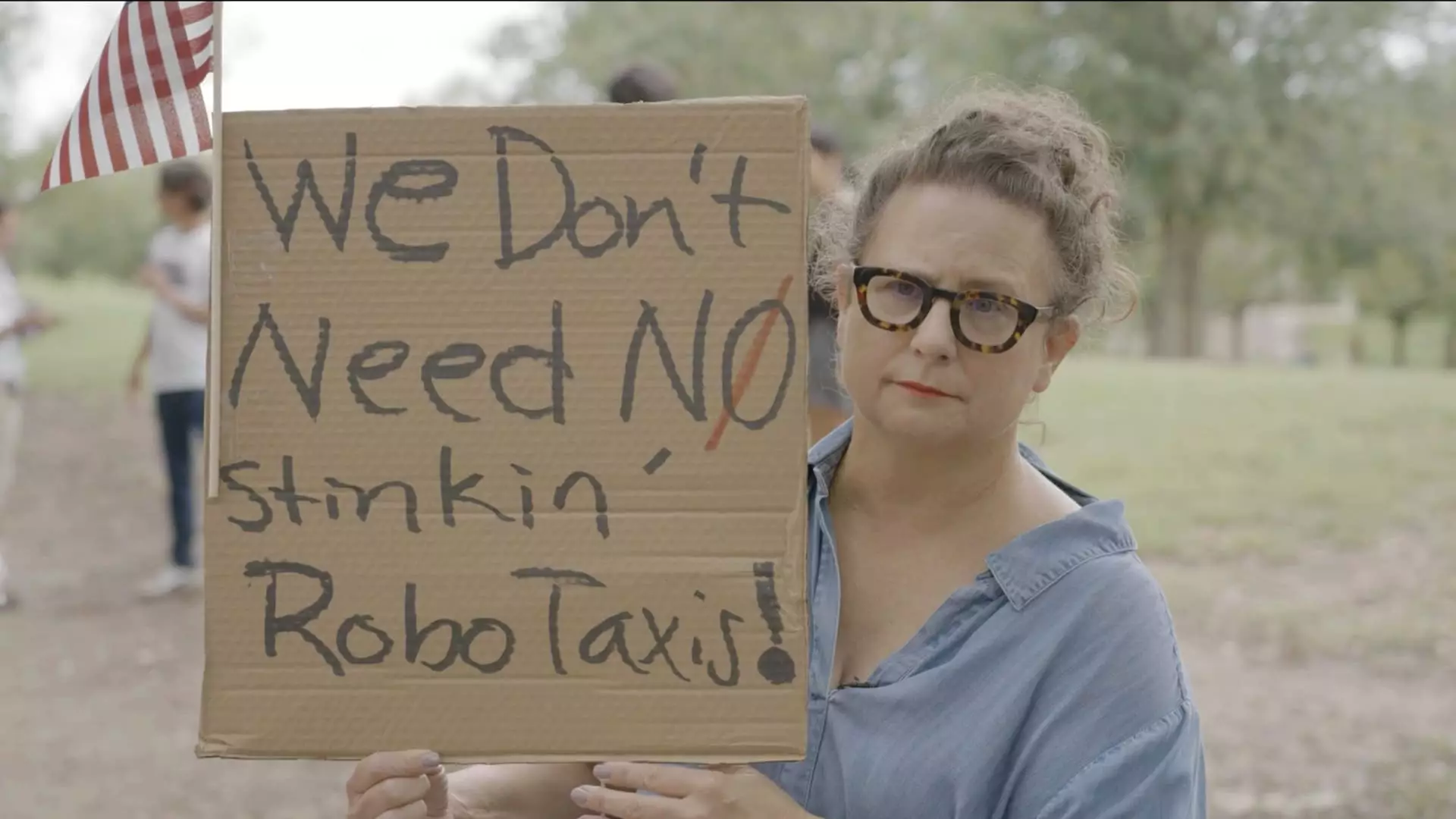Elon Musk’s ambitious foray into the realm of autonomous transport with the proposed launch of Tesla’s robotaxi service in Austin, Texas, set for June 22, has ignited considerable unrest among safety advocates and political activists alike. While the promise of a future where self-driving vehicles dominate our roads is seductive, the ramifications behind this bold innovation are far from tantalizing. Protesters have emerged, determined to shed light on the potential dangers associated with Musk’s rather hasty approach to rolling out this technology.
Safety Concerns Emerge Amid Enthusiasm
The Tesla brand, revered by many for its innovative advancements in electric vehicles, carries an equally formidable record regarding safety due to its partially automated driving systems. Groups like the Dawn Project and Tesla Takedown are vocally skeptical about the state of these systems, which include features such as Autopilot and the much-lauded Full Self-Driving (FSD). The troubling statistics cited by these protesters, indicating numerous collisions linked to these technologies—even leading to several fatalities—lay a grim foundation for skepticism. The National Highway Traffic Safety Administration (NHTSA) reports that Tesla’s automotive technology is embroiled in a significant number of incidents, illuminating a glaring concern that should not be overlooked as the company pushes its robotaxi agenda.
Demonstrations Highlight Ignored Issues
Protests culminated recently in a demonstration where the Dawn Project showcased a modified Model Y exhibiting Tesla’s FSD capabilities. The striking visuals of the car ignoring safety protocols—such as speeding past a halted school bus, which ostensibly prioritizes child protection—serve as a metaphor for the broader issues at play. The chilling reality is that these demonstrations encapsulate what many perceive as a reckless disregard for public safety. While tech enthusiasts might admire the ingenious engineering behind Tesla’s FSD, they must consider the ethical implications of unleashing such powerful technology onto the roads without transparent protocols and thorough safety assessments.
The Intersection of Technology and Governance
Renowned figures like Musk attract both admiration and criticism, and it is impossible to ignore the interplay between technology and politics in this scenario. Critics like Stephanie Gomez voice their concerns, highlighting Musk’s political connections and lamenting a lack of clarity regarding Tesla’s safety testing. Such sentiments resonate with many who see a compelling case for a more regulated approach to unleashing groundbreaking technologies. Activists like Silvia Revelis emphasize that without adequate safety checks and testing results, the public’s trust in such a transformative service remains tenuous at best.
Consumer Confidence in Jeopardy
As Tesla moves forward, stakeholders are left grappling with the fundamental question: How much are we willing to gamble on innovation? Consumer confidence hangs precariously in the balance. The absence of comprehensive safety results and public assurance raises alarms. Musk’s ambitious vision for a fleet of robotaxis could very well become the blueprint for future transportation, but at what cost? The protests serve as a clarion call to hold tech giants accountable, ensuring that consumer safety is prioritized alongside technological advancement. In the race towards an autonomous future, the stakes are high, and the responsibility extends well beyond a mere business agenda—it’s about safeguarding human lives.


Leave a Reply